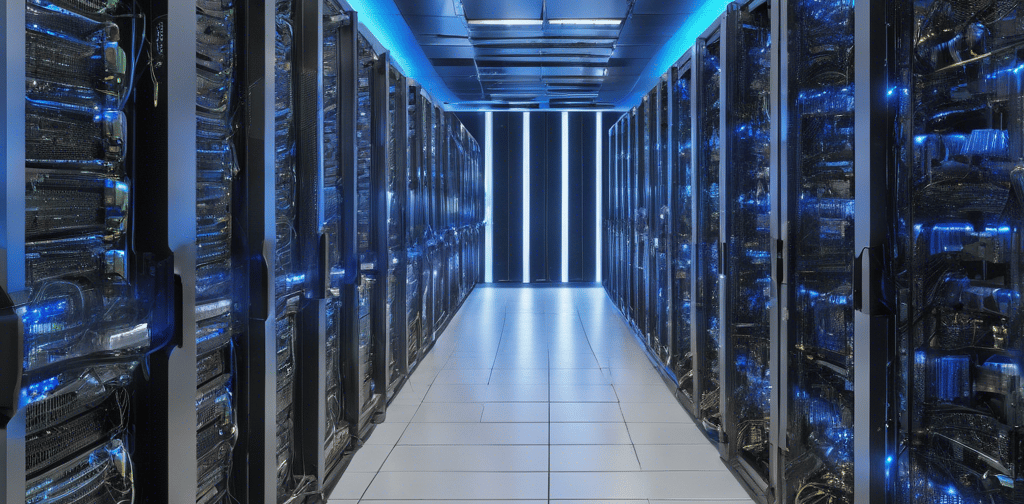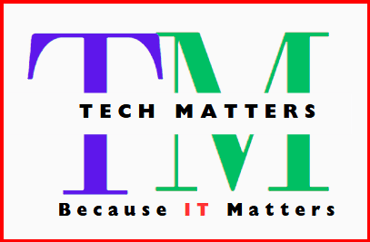Factors To Consider When Choosing A Server
Carol Njenga
1/9/20255 min read


Factors to Consider When Choosing a Server: A Comprehensive Guide
Choosing the right server is one of the most important decisions an organization can make when it comes to managing its IT infrastructure. Whether you're setting up a small business, expanding your operations, or running an enterprise-level data center, selecting the right server ensures that your systems run smoothly, securely, and efficiently. In this blog, we’ll discuss the key factors to consider when choosing a server, popular brands to explore, and some key terminologies that every server buyer should understand.
Key Factors to Consider When Choosing a Server
When evaluating servers, businesses must consider a range of factors to ensure they get the most efficient, scalable, and cost-effective solution. Here are the most critical aspects:
1. Purpose of the Server
The purpose of the server is perhaps the most crucial factor in determining which server model to choose. Different servers are designed for specific tasks. Some of the main types include:
File servers: Used for storing, managing, and sharing files across a network.
Database servers: Dedicated to storing and managing databases, requiring higher storage and processing power.
Web servers: Deliver web pages to users and handle web traffic.
Application servers: Designed to run applications for end-users or other software services.
Virtualization servers: Designed to host virtual machines, enabling multiple virtual servers to run on a single physical machine.
2. Processor (CPU)
The processor is one of the most vital components in any server. For demanding tasks such as database processing or virtualization, you’ll need a powerful processor. Servers typically feature:
Intel Xeon or AMD EPYC processors for high-end performance.
Multi-core processors to handle multiple tasks simultaneously.
For smaller operations, servers with entry-level processors (Intel Core or lower-end Xeon) might suffice.
3. Memory (RAM)
RAM (Random Access Memory) is essential for running applications and processes. For more intensive applications, such as virtualization or large-scale databases, servers require large amounts of high-performance memory.
Error-correcting code (ECC) RAM is preferred for its ability to detect and fix internal data corruption, ensuring high system reliability and uptime.
4. Storage
Storage is one of the most important considerations for servers, especially for organizations handling large datasets. The two primary types of storage are:
HDD (Hard Disk Drive): Less expensive but slower. Suitable for file storage where speed is not the highest priority.
SSD (Solid State Drive): Faster than HDD, with quicker data access and better performance. They are ideal for high-transactional environments and faster boot times.
Additionally, consider RAID configurations (Redundant Array of Independent Disks) for fault tolerance and redundancy in case of drive failure.
5. Scalability
As businesses grow, so do their server needs. Choose a server that is easy to scale—this could mean adding extra storage, memory, or processors in the future. Look for servers with expansion slots and support for additional components.
6. Redundancy
Redundancy is a critical factor in maintaining uptime and reliability. A redundant system includes backup components (like power supplies, fans, or even storage) to prevent downtime in case one part of the system fails.
Power Supply Redundancy ensures that the server remains powered on even if one power supply fails.
Hard Drive Redundancy (RAID) prevents data loss by mirroring data across multiple drives or ensuring that data can be reconstructed in case of a hard drive failure.
7. Network Connectivity
Depending on your network infrastructure, the server should have sufficient network ports to support high-speed data transfer. You may want to consider servers with 10Gb Ethernet ports or fiber channel connectivity for high-throughput applications, particularly in data centers.
8. Management Features
Look for servers that offer remote management capabilities. Most enterprise-grade servers come with iLO (Integrated Lights-Out) for HP or DRAC (Dell Remote Access Controller) for Dell, enabling administrators to manage and monitor servers remotely. This is crucial for IT teams working in large data centers or managing servers spread across multiple locations.
9. Form Factor
Servers come in various form factors, which determine their size and how they fit into a rack or data center. These include:
Tower servers: Typically for small or medium-sized businesses. They stand alone and don’t require a rack.
Rack-mounted servers: These are placed in server racks and are ideal for enterprises that need to optimize space in a data center.
Blade servers: A more compact solution, blade servers fit multiple server units into a single chassis, optimizing space and reducing power consumption.
Popular Server Brands to Consider
When it comes to choosing a server, several well-known brands offer a range of reliable, high-performance solutions.
1. Dell
Dell is one of the leaders in the server market, known for its versatility and performance. Popular models include:
Dell PowerEdge: A broad range of servers from entry-level to enterprise-class solutions. The PowerEdge R series (rack-mounted) and PowerEdge T series (tower servers) are popular choices for businesses.
Dell PowerEdge C: Ideal for high-density computing in a data center.
Dell VRTX: Blade servers that combine computing, storage, and networking in a single chassis.
2. HP (Hewlett Packard Enterprise)
HP offers powerful, reliable servers with excellent management features.
HP ProLiant: The ProLiant series covers a wide range of use cases, from small businesses to large enterprises. The ProLiant DL series is their popular rack-mounted offering, while the ProLiant ML series are tower servers.
HP Apollo: High-performance, scalable systems designed for intensive workloads.
3. Lenovo
Lenovo's servers are known for their reliability, particularly in the SMB (Small-to-Medium Business) market.
Lenovo ThinkSystem: A versatile series offering powerful performance and high availability for a wide range of enterprise applications. It includes rack, tower, and blade servers.
Lenovo Flex System: A blade server solution that provides excellent scalability for growing businesses.
4. Cisco
Cisco, traditionally known for its networking solutions, also offers robust server solutions.
Cisco UCS (Unified Computing System): This integrated system provides computing, networking, and storage resources into a unified architecture.
5. Supermicro
Known for offering customized servers, Supermicro delivers high-performance hardware tailored to specific workloads, including data analytics, cloud, and virtualization.
6. IBM
IBM offers enterprise-grade servers with robust features, especially for mission-critical workloads.
IBM Power Systems: Known for high-performance processing and reliability.
Common Server Terminologies
As you dive deeper into the world of servers, you may encounter several technical terms. Here's a brief explanation of some commonly used terminology:
Redundancy: The inclusion of extra components (e.g., power supplies or hard drives) to ensure that the server continues operating in case of a failure of one of its parts.
Hot Plug: The ability to add or remove components such as hard drives or power supplies without shutting down the server. This is particularly useful for maintaining uptime in a production environment.
RAID (Redundant Array of Independent Disks): A data storage technology that combines multiple hard drives into one unit to increase performance and provide redundancy. Different RAID levels (RAID 0, 1, 5, 10) offer varying levels of redundancy and performance.
ECC RAM (Error-Correcting Code RAM): A type of memory that automatically detects and corrects errors, ensuring the integrity of data and preventing system crashes or corruption. ECC is essential for mission-critical servers where uptime is vital.
Blade Server: A compact, modular server designed to fit into a chassis, sharing power, networking, and cooling resources with other servers. Blade servers are ideal for businesses that need high-density computing in a small footprint.
Form Factor: Refers to the physical size and shape of the server, which determines how it fits into racks or data centers. Examples include rack-mounted, tower, and blade form factors.
Virtualization: The creation of virtual versions of physical servers, allowing businesses to run multiple operating systems or applications on a single physical machine.
Conclusion
Choosing the right server is a complex decision that requires careful consideration of various factors, from performance and scalability to redundancy and network connectivity. Understanding your needs and evaluating the key components—processor, memory, storage, and form factor—can help ensure that you select a server that will support your business now and as it grows. Brands like Dell, HP, Lenovo, and Cisco offer a wide variety of models to meet any requirement, from small businesses to large enterprises. Lastly, understanding key server terminologies such as redundancy, hot plug, and RAID will allow you to make more informed choices when purchasing servers for your organization.
